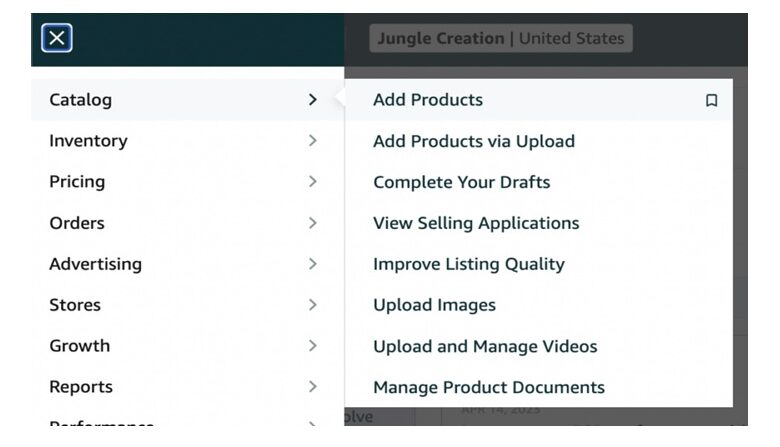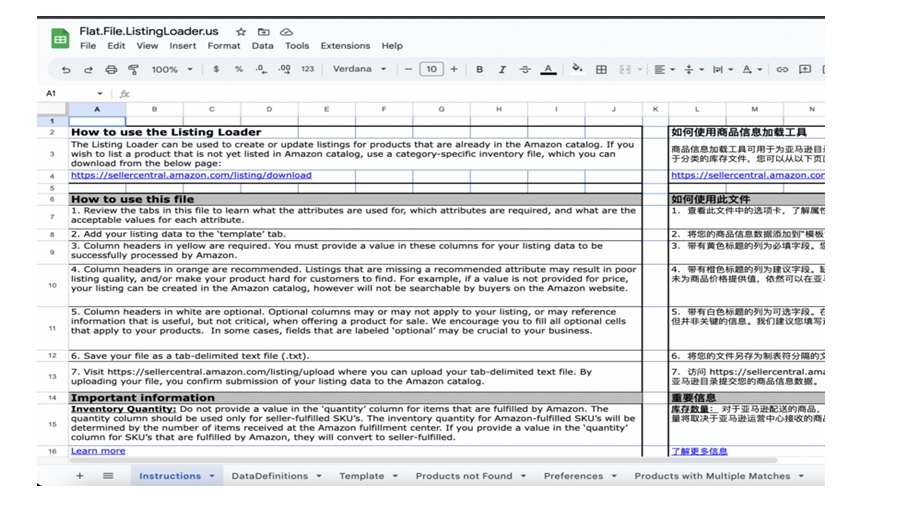Continuous Integration Testing: Everything You Need to Know
We are the generation of Agile and DevOps, where codes are changing day by day. And in the fast-paced era, developers are ready to integrate their code changes and share them with other developers to speed up their applications. However, they all know that exchanging codes never impacts their application in a negative sense because they all are aware that testing is something necessary and where we discover continuous integration testing.
As per the 2020 Dev TestOps Landscape Survey, 60% of testing experts believe in continuous integration testing, and it’s a major part of their approaches. So now we have proof for those who use integration testing, but if you are still unsure, go through this blog to avoid all your doubts regarding CI testing. Let’s begin!!
What is continuous integration (CI)?
——————————————
In simple words, continuous integration is a build automation that might be triggered by some events like code check-in and regular schedule. The end result of continuous integration is to release an artifact to be deployed. Also, it needs a proper process, for example, discovering the bugs and finding their solution.
Also, warping, dealing out, and layout. Mostly, it is used with Agile and DevOps practices just to ensure the fast and frequent delivery of the software with minimum defects. So, as we are aware of the continuous integration, now it’s time to take a detailed view of CI testing. Let’s get started!
What is continuous integration testing?
——————————————
CI testing is a process done by CI tools like Travis CI and CircleCI, and it is executed during the CI process, which manages to build, package, and publish deployed artifacts.
As a result, the best quality is expected during the process of artifact building. Also, the CI testing process provides rapid feedback and directly stops the artifact process if it can’t find a minimum quality.
CI integration testing services work as a strong shield while placements of CI pillars, building, packaging, and publishing artifacts. Apart from this, here are some pieces of information that tell more about the importance of CI testing:
- Continuous integration testing provides a suitable environment for local feedback.
- The testing process tests dozens of local cycles before final submission, and as a result, the integration of new features converts into services and starts with a build.
- Passing CI testing is not just about the ability of consistency but also the qualities that artifacts gain during the process before publishing.
- Continuous testing can also find bugs and directly fix them without any further steps.
So, we already discussed the importance of continuous integration testing along with its actual meaning; now it’s time to move forward and take a look at its benefits.
What are the benefits of CI testing?
——————————————
In the period when mobile app development and digital transformations were at their peak and facing rapid changes every single day, the adoption of continuous integration testing became their basic survival need for their businesses. And here are the following reasons in the form of benefits:
Upgrade Agile methodology
According to the 14th Annual State of Agile Report, at the present time, 95% of organizations report using the Agile method. Also, 54% of them use continuous integration tools, and 26% are planning to adopt the same method in the future.
Basically, the Agile methodology depends on the functionality and integrity of the release branches. On the other hand, CI testing ensures zero unintended consequences at the end as a result of early testing is a basic necessity.
Exposed errors easily
Errors can affect the speed of the whole process directly. Especially when you find a glitch or any minor mistake during continuous integration testing, you can simply save a significant amount of time compared to finding it at the end of the process.
We can take a lesson from Amazon’s 2014 software error and minimize the mistakes with the help of continuous integration testing. Because it simply detects the glitch, no matter how minor it is, and fixes it accordingly.
Minor Backlog
No matter how perfect your team is, a small backlog can slow your whole project. It happens when testing is not completed on time, and as a result, what we get is fraud testing requests and destroying everything before your team even realizes it.
In this situation, why is continuous testing good? Because it prioritizes a QA process from beginning to end. Also, by implementing this testing procedure, your team can comfortably work on code.
Provide customer satisfaction
Every user has a low tolerance when it comes to buggy applications. According to a 2017 survey, 88% of users will refuse to use any particular application if they face any glitch while using that application.
But with continuous integration testing, we can reduce the glitches, and it will be best if we use it on a daily basis. This can save you from high-cost issues, and as a result, you will get a number of satisfied customers.
What are the different types of CI testing?
——————————————
On the journey of learning about integration testing in software testing, it is important to note that if you want to know everything about it, you also need to understand its several types as well. Hence, here are some different types of CI testing:
Code quality test
Code quality can be a major part of the CI process, and for code quality tests, there are some excellent tools like SonarQube and Checkmarx. Both these tools majorly focus on static code analysis and changes.
Unit test
Unit testing stands for running new features. It focuses on blocks of code that are already changed. For any application that starts from the ground, unit testing would cover the functionality of the whole application because it is designed in a certain way to use as per the needs.
Integration test
Integration testing focuses on the cross-module of any application. It carries lots of overlap in a modern unit and a range of new features and new code as well, and all these things work together.
Security test
The major responsibility of security testing in continuous integration testing is to discover the exposure and risk of using packages. There are some of the best security analysis tools like Blackduck and StackHawk, both of different types of introspection.
What are the best practices for CI testing?
——————————————
Integration testing services are one of the essential practices in modern software development that indirectly force various developers to frequently integrate their code changes and convert them into a shared repository. Here are some best practices for CI testing:
Automate tests
Automation testing is crucial for integration testing. It includes various tests like Unit Tests and Acceptance Tests. and it becomes more beneficial when you use automated testing tools to run the tests frequently, even after the code change.
Early integrations
The best part about integrating code is as soon as we use it, we get a result in the face of conflict reduction. Also, along with this, try to use version control tools to ensure code changes and make sure that all members of your team are working with a similar codebase.
Prioritizing tests
The development process entails task prioritization, which serves as part of overall development. As such, in the course of continuous integration testing, it is prudent to apply testing metrics as a way of keeping measures of effectiveness. Thus, it will be possible for you to detect the weaknesses.
Collaboration
Continuous integration testing calls for collaboration, most importantly with team members to have everything clear, ensuring that everybody is aware of their role. In this case, it is more convenient to apply communication tools and spread the results/feedback between members of the team.
What are the possible challenges in CI testing?
——————————————
We are now aware of the current practices related to continuous integration testing, but without taking knowledge about current challenges it can ruin our whole process, so here are some challenges:
Data management
This is one of the major difficulties in CI testing, particularly for large data sets. Developers, in this regard, should be making sure that the data is updated or not.
CI infrastructure
The maintenance of CI infrastructure is very complex for CI testing services because it requires a great deal of time and effort. Secondly, if you preserve the infrastructure, then higher precautions regarding its reliability and security are required.
Automation test
Choosing the wrong automation tool can be problematic when it comes to automation tests. However, effective maintenance of automated tests can be challenging. Thus, this requires good materials, understanding, and some amount of expertise.
Integration test
Continuous integration testing, at times, is difficult because of the complexity of testing complex systems, which include many components that are involved indirectly. This should remind your team that they have a test automation platform that completely covers the technology stack.
Conclusion
The very concept of creating proper software is so complex that execution is much more difficult. However, the right tools and staying on track can take you to the final destination. One such way is the use of continuous integration testing that we went through in this article. So, if you are looking for such a testing process for your software, do engage CI testing professionals.









 Step 2: Add the product
Step 2: Add the product Step 3: Specify product condition
Step 3: Specify product condition How to create a new product listing on Amazon
How to create a new product listing on Amazon Step 2: Choose a product category
Step 2: Choose a product category Step 3: Add product information
Step 3: Add product information To start uploading your products in bulk, continue with the following steps:
To start uploading your products in bulk, continue with the following steps: Step 2: Select a spreadsheet program to use the template
Step 2: Select a spreadsheet program to use the template Step 3: Add your file to Amazon Seller Central
Step 3: Add your file to Amazon Seller Central
